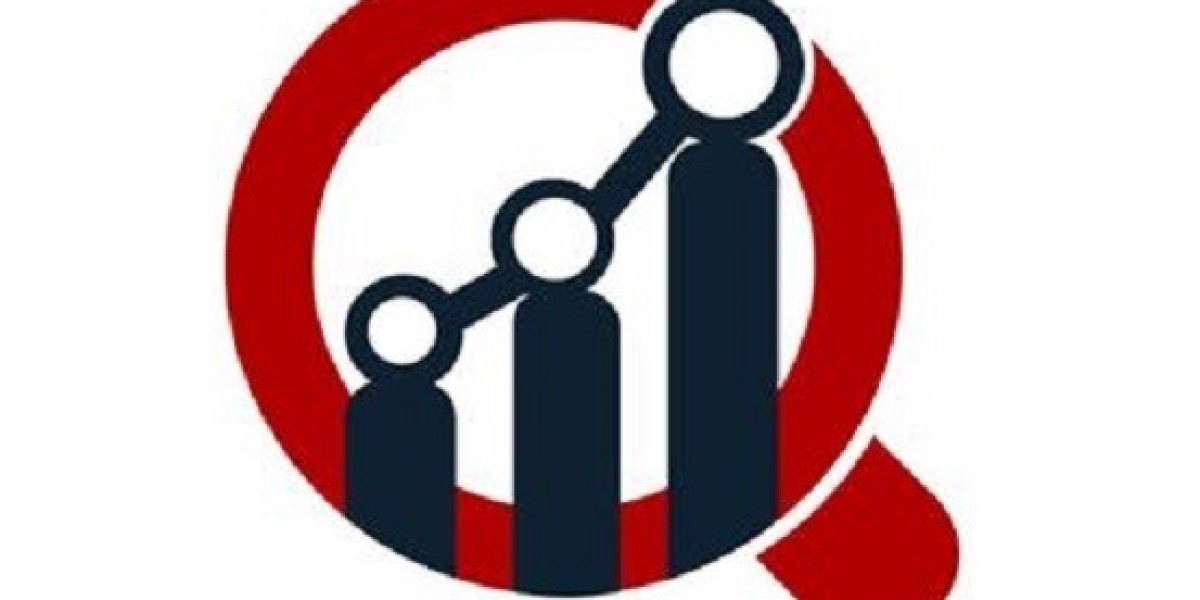The longevity market is a revolutionary and rapidly expanding sector focused on extending human healthspan – the period of life spent in good health – and potentially lifespan, by targeting the fundamental biological processes of aging. Unlike traditional anti-aging products that often focus on superficial signs of aging, the longevity market delves into the science of geroscience, aiming to prevent or reverse age-related diseases and decline at a cellular and molecular level. Driven by an aging global population, increased awareness of healthy aging, and groundbreaking scientific discoveries, this market is transforming how we approach health and the human experience.
Defining the Longevity Market: Beyond Anti-Aging
The longevity market is distinct from the broader "anti-aging" industry. While anti-aging often refers to cosmetics, skincare, and general wellness products that aim to reduce the visible signs of aging, the longevity market is rooted in scientific research and clinical applications. It focuses on the underlying biological mechanisms of aging, such as cellular senescence, mitochondrial dysfunction, DNA damage, and altered intercellular communication. The goal is not just to look younger, but to be biologically younger, preventing or delaying the onset of age-related diseases like cardiovascular disease, cancer, neurodegenerative disorders, and metabolic conditions. This scientific foundation underpins the credibility and long-term potential of the longevity market.
Key Drivers Fueling Market Expansion
The longevity market is experiencing exponential growth due to a confluence of powerful drivers. Firstly, the demographic shift of a rapidly aging global population is creating an unprecedented demand for solutions that promote healthy longevity. As more people live longer, the societal and economic burden of age-related diseases increases, pushing for innovative preventative and therapeutic interventions. Secondly, there is a heightened awareness among individuals about the importance of proactive health management and the potential to influence their aging process. This increased health consciousness translates into a willingness to invest in products and services that promise extended vitality.
Thirdly, breakthroughs in geroscience and biotechnology are continuously unveiling new targets and pathways for interventions. Advances in areas like genomics, proteomics, and epigenetics are providing deeper insights into the aging process, leading to the development of novel therapies. Significant investment from venture capital firms, pharmaceutical companies, and even billionaires is pouring into longevity research and startups, accelerating drug discovery and technological innovation. The shift from "sick care" to "health preservation" is a fundamental change driving the expansion of the longevity market.
Innovative Technologies and Therapies
The longevity market is characterized by a diverse and rapidly evolving pipeline of technologies and therapies, each targeting different hallmarks of aging.
Senolytics: These are compounds designed to selectively eliminate senescent ("zombie") cells that accumulate with age and contribute to inflammation and tissue dysfunction. Research is ongoing to develop safe and effective senolytic drugs.
NAD+ Boosters: Nicotinamide adenine dinucleotide (NAD+) is a crucial coenzyme involved in many cellular processes. Supplements like Nicotinamide Riboside (NR) and Nicotinamide Mononucleotide (NMN) aim to boost NAD+ levels, supporting cellular energy and repair.
Gene Therapy and Gene Editing (e.g., CRISPR): These advanced technologies hold immense promise for correcting genetic predispositions to age-related diseases and potentially for reprogramming cells to a more youthful state.
mTOR Inhibitors: Drugs like rapamycin that target the mammalian target of rapamycin (mTOR) pathway, which plays a role in cellular growth, metabolism, and aging, are being investigated for longevity benefits.
AI-Driven Drug Discovery: Artificial intelligence is revolutionizing the speed and efficiency of identifying new anti-aging compounds by analyzing vast datasets of biological and chemical information, accelerating the development pipeline for the longevity market.
Biomarker Tracking and Personalized Longevity: Wearable devices, advanced diagnostics, and epigenetic clocks are enabling individuals to track their biological age and personalize their longevity strategies, moving towards highly tailored interventions.
These cutting-edge approaches are pushing the boundaries of what's possible in extending healthy life.
Challenges and Opportunities in the Longevity Market
Despite its immense potential, the longevity market faces significant challenges. Regulatory hurdles are stringent, as new therapies aiming to target aging itself rather than specific diseases present novel complexities for approval. The high cost of some cutting-edge longevity therapies and diagnostic tools can limit accessibility, raising concerns about equitable access. Ethical considerations surrounding human longevity interventions, such as potential societal impacts and the definition of "natural" aging, are subjects of ongoing debate. Furthermore, the lack of long-term human data for many novel interventions means that robust clinical trials and rigorous scientific validation are paramount.
However, these challenges are accompanied by vast opportunities. The growing public interest in healthy aging ensures a strong consumer base. The interdisciplinary nature of longevity research fosters collaborations between biotech, pharma, tech, and wellness companies. As research progresses and technologies mature, the cost of treatments is expected to decrease, making them more accessible. The emphasis on preventive health and personalized medicine within the longevity market aligns with global healthcare trends, positioning it for sustained growth. Investment in research and development, coupled with a focus on scientifically validated solutions, will unlock the full potential of the longevity market.
The Future Outlook: A Healthier Tomorrow
The future of the longevity market is poised for exponential growth and transformative impact. We can expect to see a continued convergence of biotechnology, artificial intelligence, and digital health, leading to more integrated and personalized longevity solutions. The development of more accessible and affordable diagnostic tools for biological age assessment will empower individuals to take more control over their healthspan. As the scientific understanding of aging deepens, we anticipate the emergence of new classes of therapeutics and interventions that can more effectively prevent, delay, or even reverse age-related decline. The longevity market is not just about extending life; it's about enriching it, ensuring that more years are lived with vitality, independence, and a high quality of life.
About Market Research Future (MRFR)
Market Research Future (MRFR) is a global market research firm that provides comprehensive insights into market trends, drivers, challenges, and opportunities. We offer a broad range of market intelligence reports and consulting services to help businesses and enterprises in various industries make informed decisions
Media Contact:
Market Research Future (MRFR)
Phone: +1-646-845-9312
Email: contact@marketresearchfuture.com
Website: marketresearchfuture







